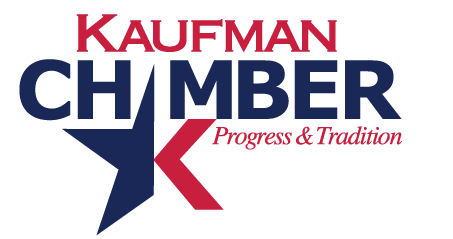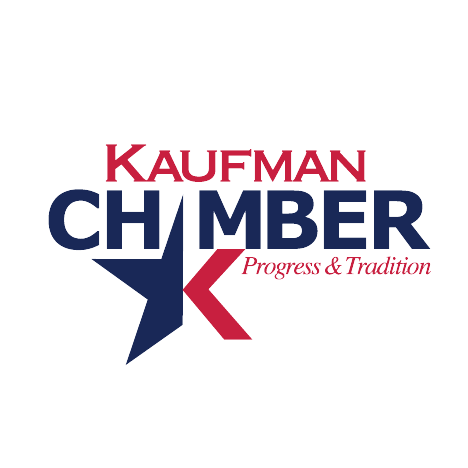- Understand Your Customer: To develop an effective marketing plan, it’s essential to understand your target audience. Market research tools can provide valuable insights into customer behaviors and preferences, enabling you to tailor your messaging and offerings accordingly.
- Collaborate with Other Businesses: Partnering with businesses that share your values and target audience can help you reach new customers. Methods of collaboration could include hosting joint events or creating shared promotions.
- Offer Incentives and Rewards: Encouraging repeat business through incentives such as discounts, loyalty programs, or referral programs can effectively boost your business. It’s important to ensure any promotional strategies are sustainable and profitable for your business.
- Keep it Simple: Rather than attempting to implement all strategies simultaneously, it can be more effective to focus on one at a time. As you gain a better understanding of your customers, you can refine your marketing approach to better meet their needs.
648 words / 3 min. read
As a small business owner, you may often juggle the demands of running your business and effectively marketing it. But attracting new customers, nurturing existing relationships, and building loyalty doesn’t have to be overwhelming. In this article, we will explore three powerful marketing strategies that can boost your business while keeping your sanity and budget intact.
Understand Your Customer
Before developing any marketing plan, it is crucial to understand your target audience. The better you know your customer, the better you can tailor your messaging and offerings to meet their needs. Use these simple questions to help form a customer profile.
- Who is your ideal customer?
- What motivates them?
- What pain points are they trying to solve?
To gain this understanding, you can use your experience as the business owner. However, if you want more precise data, market research tools can help. For example, you can survey your existing customers to learn more about their behaviors, preferences, and satisfaction levels. Pay special attention to how they discovered your business and whether they are local or come from a farther distance. This data can help you target your marketing geographically, in addition to understanding the impact of advertising versus customer word-of-mouth.
Conducting competitor analysis is another way of learning more about what offers are working or what services might be missing for your prospective customer base. Hubspot offers a helpful guide to small business owners looking to learn more about their competition. Lastly, make sure you have completed a free business profile with Google, so you are able to monitor online metrics like website traffic and customer behavior through Google Analytics. With this information, you can develop a customer persona that will help guide your marketing efforts.
Partner with Other Businesses
Collaborating with other businesses that share your values and target audience can be an excellent way to reach new customers. For example, you can team up with a complimentary business to host an event or create a joint promotion. This can help to amplify your message and attract new customers who have yet to discover your business.
If your business has a physical location, consider collaborating with other businesses on the block. In a small shopping district in Portland, Oregon, businesses collaborate during the holiday season with a ‘golden ticket’ promotion. The concept rewards customers by giving them a golden ticket that can be used at partner stores in the shopping district. By gamifying holiday shopping and role modeling reciprocity, the business community has tapped into some known consumer behaviors: customers like to have fun and feel good about their purchases.
Offer Incentives and Rewards
People love rewards and incentives, as seen in the golden ticket example. Offering a discount or loyalty program can be an effective way to encourage repeat business. Additionally, if you have a referral program, you can encourage your satisfied customers to spread the word about your business to their friends and family. If starting a loyalty program feels daunting, check out Indeed’s framework that includes five steps to help create your own loyalty or referral program.
Long-term programs are great, but don’t miss the opportunity to wow first time customers who may be exploring your business or comparing you to a customer. Offer tantalizing promotions, discounts, or bonus items for minimum purchases. And remember: it’s great to be generous, but make sure the math works out in your favor. NerdWallet advises weighing specific risks and benefits of your promotion in order to prioritize profitability.
Keep it Simple
You don’t have to do everything at once. Simply try one strategy at a time and see what works. As you learn more about your customer, partner with compatriot businesses, and offer strategic incentives and rewards, you will be on your way to building a loyal base of customers.
Last modified: November 14, 2023



